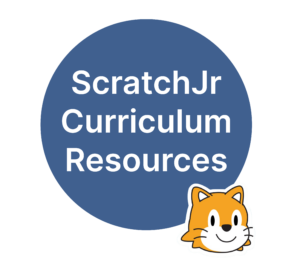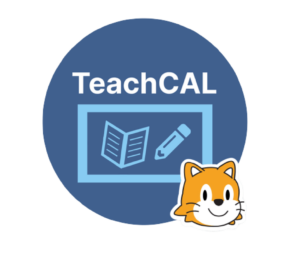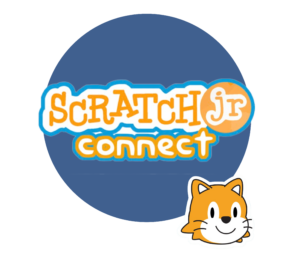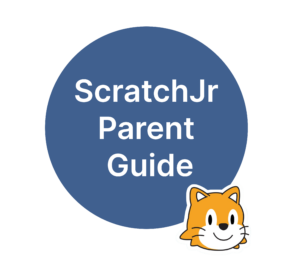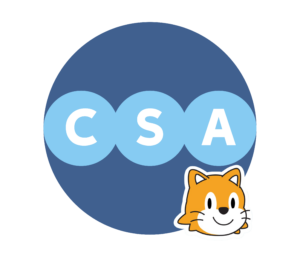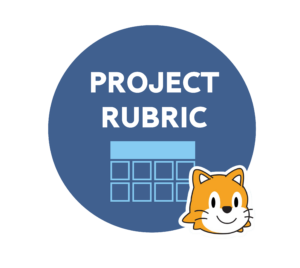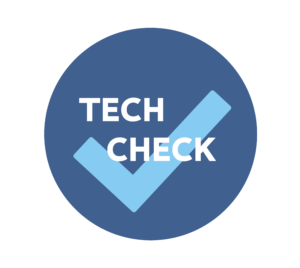ScratchJr is a free programming language for children ages 5-7. ScratchJr utilizes block programming to allow children to create their own interactive stories and games. ScratchJr was created as a collaboration among the DevTech Research Group, MIT’s Lifelong Kindergarten Group, and the Playful Invention Company through generous funding from the National Science Foundation (DRL-1118664 Award) and the Scratch Foundation. In the summer of 2014, ScratchJr was released as a free app, available on a number of devices. As of August 2023, the app has over 45 million users and over 194 million projects have been created. Furthermore, volunteers from around the world have helped translate ScratchJr into 48 languages!
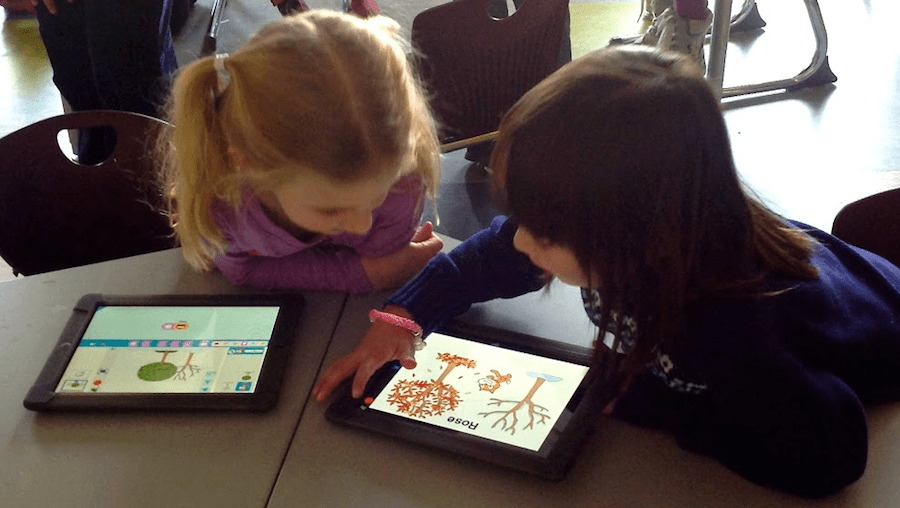
ScratchJr Resources
DevTech has developed a number of curricula resources and units on a number of topics, all of which are available on our Curricula page.
TeachCAL, is a free, online, self-paced professional development course for educators interested in using the Coding as Another Language approach to teaching coding in the classroom using ScratchJr.
ScratchJr Connect is a free, curated database for sharing ScratchJr resources, lessons, and projects. Anyone may register for free and submit a resource or project to be approved and added into our public database.
The ScratchJr Parent Guide is a free downloaded resource for parents to orient themselves with the app and programming language of ScratchJr!
Assessments:
The Coding Stages Assessment (CSA) assesses progress in learning the ScratchJr programming language in the framework of Coding Stages.
The ScratchJr Project Rubric captures children’s ability to transform their coding knowledge into creating purposeful and creative projects.
TechCheck is a validated unplugged assessment of Computational Thinking (CT) designed for children grades K-3 (ages 5-9).
To learn more and access all of our assessments visit our Assessments page!

